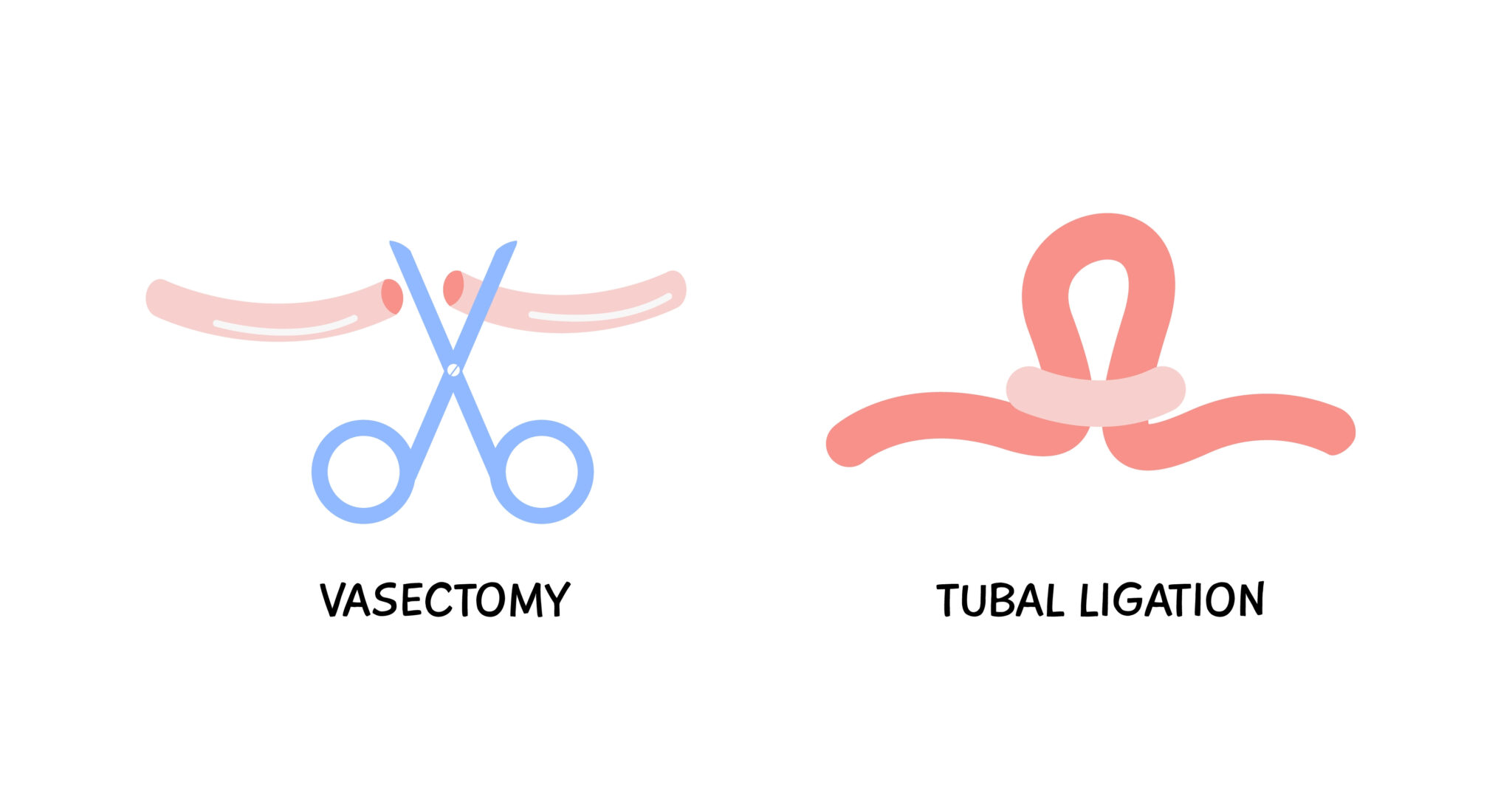
Choosing Between a Vasectomy vs Tubal Ligation
When it comes to choosing a form of permanent birth control, vasectomy and tubal ligation are often the most discussed options. While both of these procedures can offer a solution to the birth control issue, they have significant differences.
At Upstate Urology, board-certified urologist Dr. Scott Donaldson is ready to help perform vasectomies in the greater Greenville & Spartanburg areas for people who can’t stand the six-month hospital waits.
While you are thinking about scheduling an appointment, let’s compare vasectomy to tubal ligation so you can make the most suitable decision for you or your partner.
Vasectomy vs Tubal Ligation: Costs
When it comes to comparing the price tag, vasectomy is often less expensive than tubal ligation. The cost of the former is generally lower because it’s a more straightforward surgical process with fewer associated costs for anesthesia, operating room time, and post-operative care.
On average, the cost of a vasectomy ranges from a few hundred to a thousand dollars. In contrast, tubal ligation can cost several hundred to several thousand dollars.
Tubal Ligation vs Vasectomy: Risks
With the right approach and an experienced medical team, both tubal ligation and vasectomy are relatively safe procedures. However, each surgery comes with its own set of risks. For tubal ligation, they include:
- Allergic reaction to the anesthetic
- Infection at the incision site or within the abdominal cavity
- Bleeding during or after the procedure
- Accidental damage to the surrounding organs
- Post-surgical complications (pain, swelling, discomfort at the incision site)
Tubal ligation is a permanent birth control method. It’s effective at preventing 99% of pregnancies. However, even after the fallopian tubes are “tied,” there is a risk of developing an ectopic pregnancy (pregnancy that occurs outside the uterus).
When it comes to vasectomy, the risks are similar to tubal ligation:
- Allergic reaction to the anesthetic
- Bleeding inside the scrotum
- Bruising of the scrotum
- Infection at the surgery site
- Swelling
- Mild pain or discomfort
This procedure is 99.8% effective. It can be done under local anesthesia on an outpatient basis. You can usually go home a few hours after the surgery.
Vasectomy vs Tubal Ligation: Recovery Time
The vasectomy procedure takes between 10 and 30 minutes. When the anesthetic wears off, you may experience some discomfort, swelling, and bruising in the scrotal area. This goes away in a few days. Dr. Scott Donaldson will recommend avoiding strenuous activities for about 48 hours after the surgery and talk to you about pain relief methods. They can include over-the-counter pain relievers and ice packs.
You can return to everyday activities in a couple of days. However, you should avoid vigorous exercise and heavy lifting for a week after the surgery.
The tubal ligation procedure also takes around 30 minutes. However, unlike vasectomy, sometimes it may require general anesthesia.
After the procedure, you may experience nausea, mild pain at the incision site, cramps, and vaginal bleeding. You may also feel neck or shoulder pain while the gas pumped in during the procedure is leaving your body.
The recovery period from tubal ligation depends on your health and the type of surgery. You can usually resume normal activities in a week after tubal ligation. If you have it after giving birth, the recovery may take several weeks because it overlaps with childbirth recovery.
Learn More & Schedule Your Vasectomy at Upstate Urology
When comparing vasectomy to tubal ligation, you’ll find that a vasectomy is less expensive and has a shorter recovery period.
Meanwhile, if you change your mind, vasectomy is much easier to reverse than tubal ligation.
The medical team at Upstate Urology has significant experience performing and reversing vasectomies for patients throughout the Carolinas, including the Greenville, SC, and Asheville, NC areas.
If you’d like to schedule a consultation, please get in touch with us at any time.
Featured Image: Miller Inna / Shutterstock
